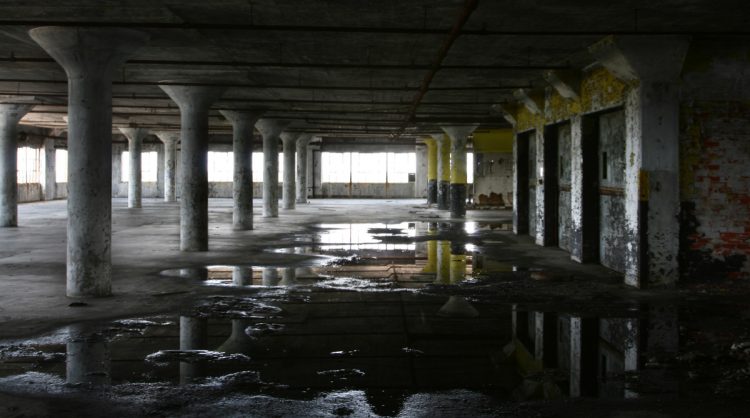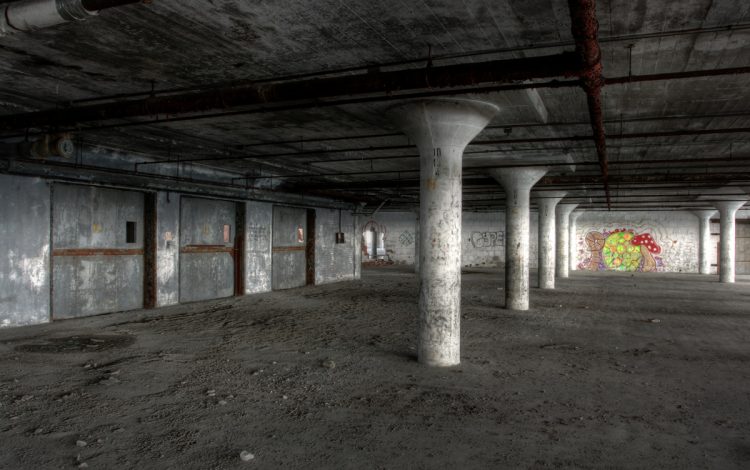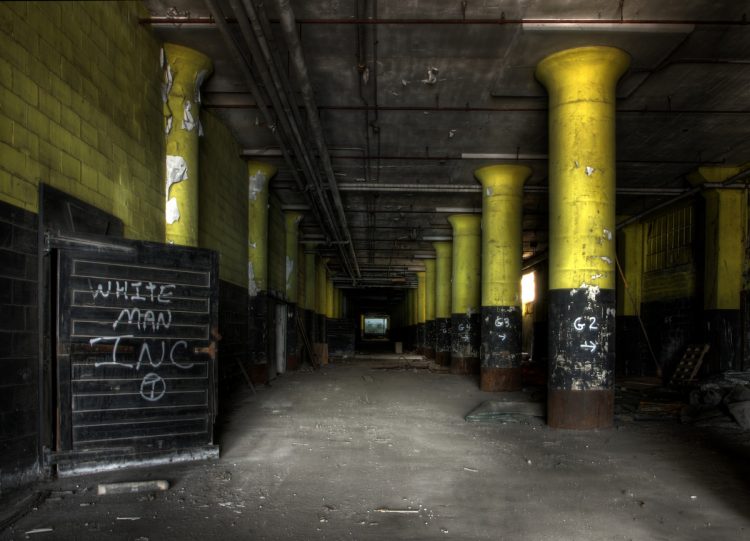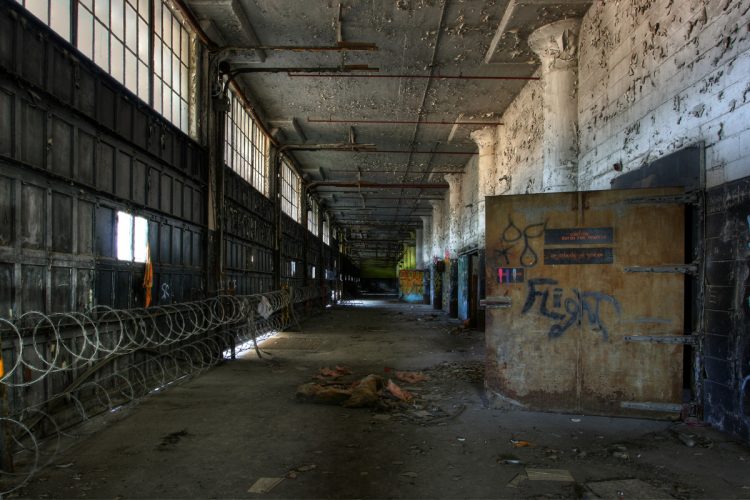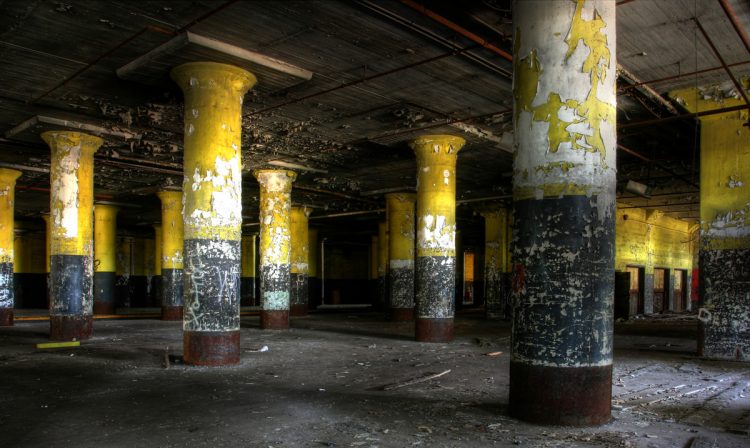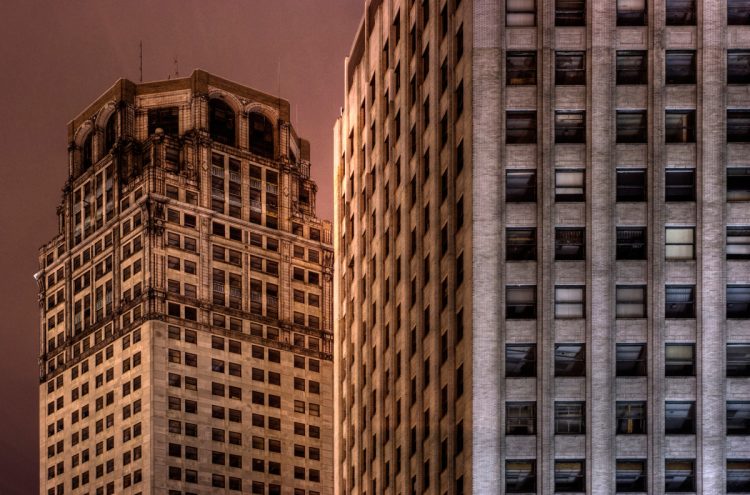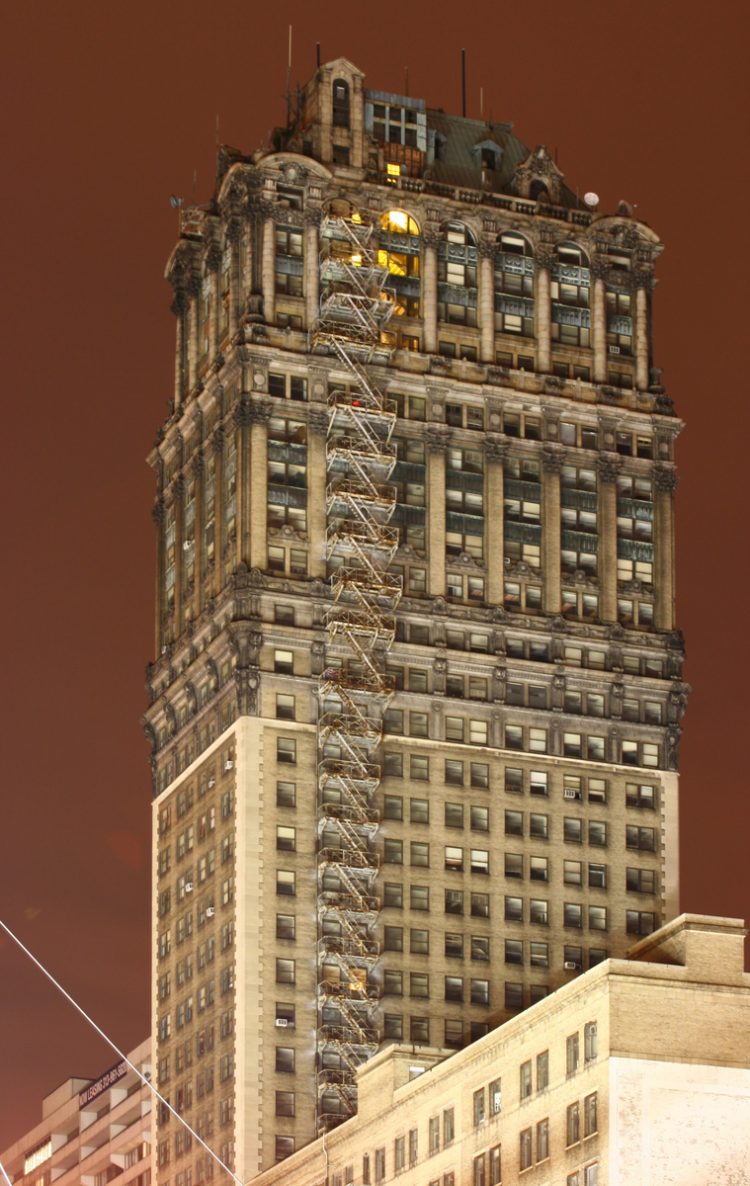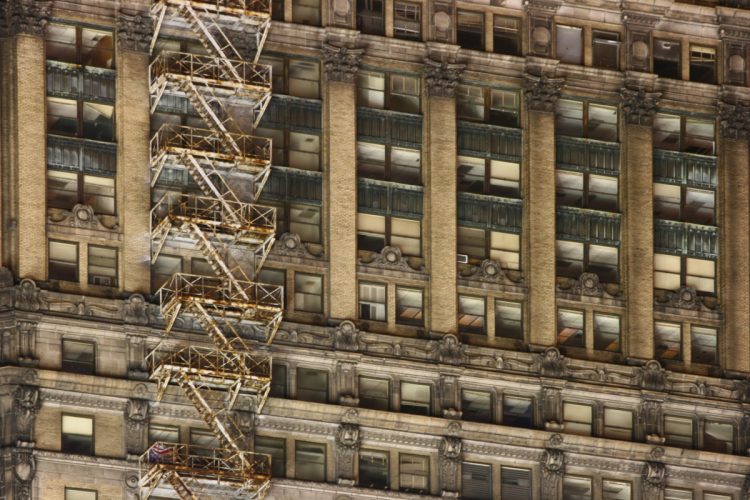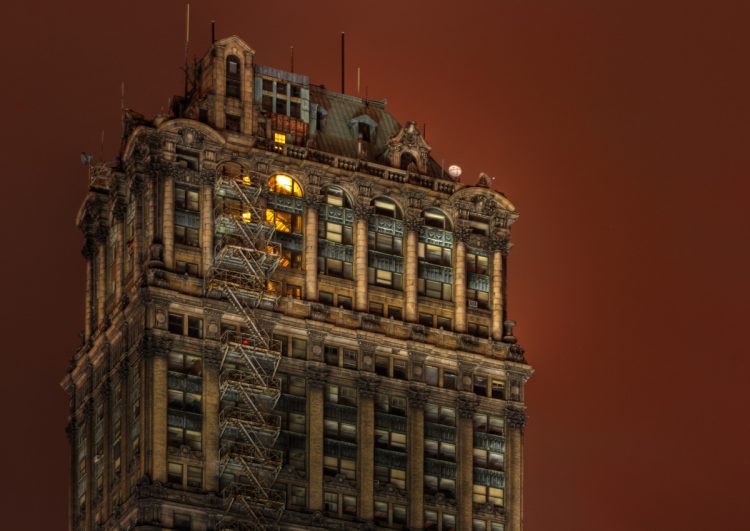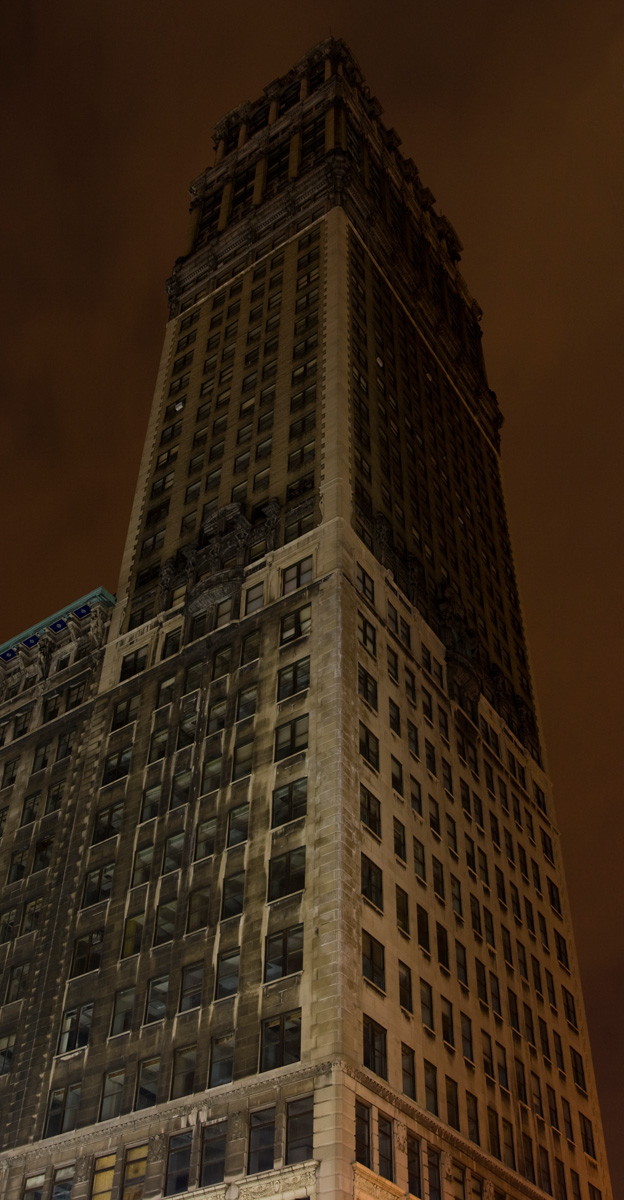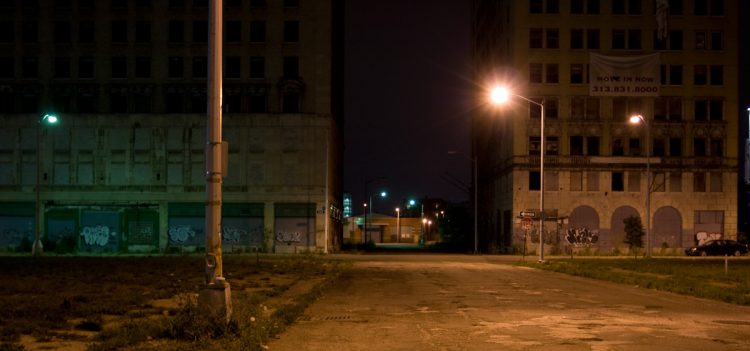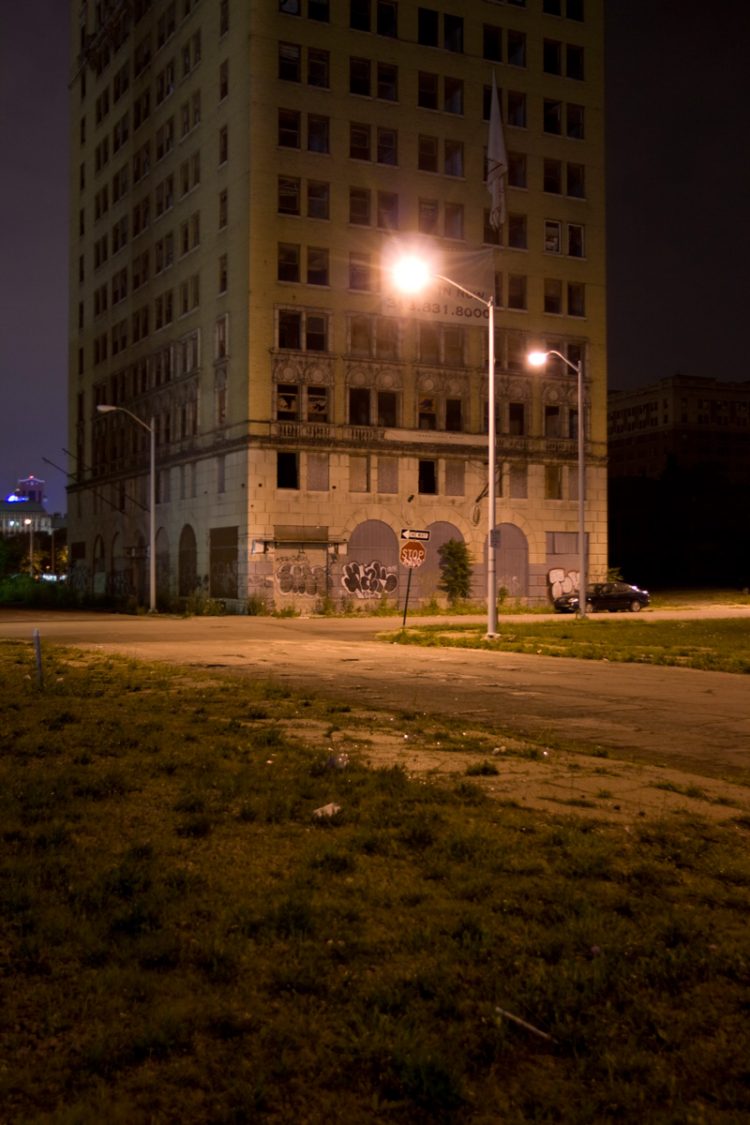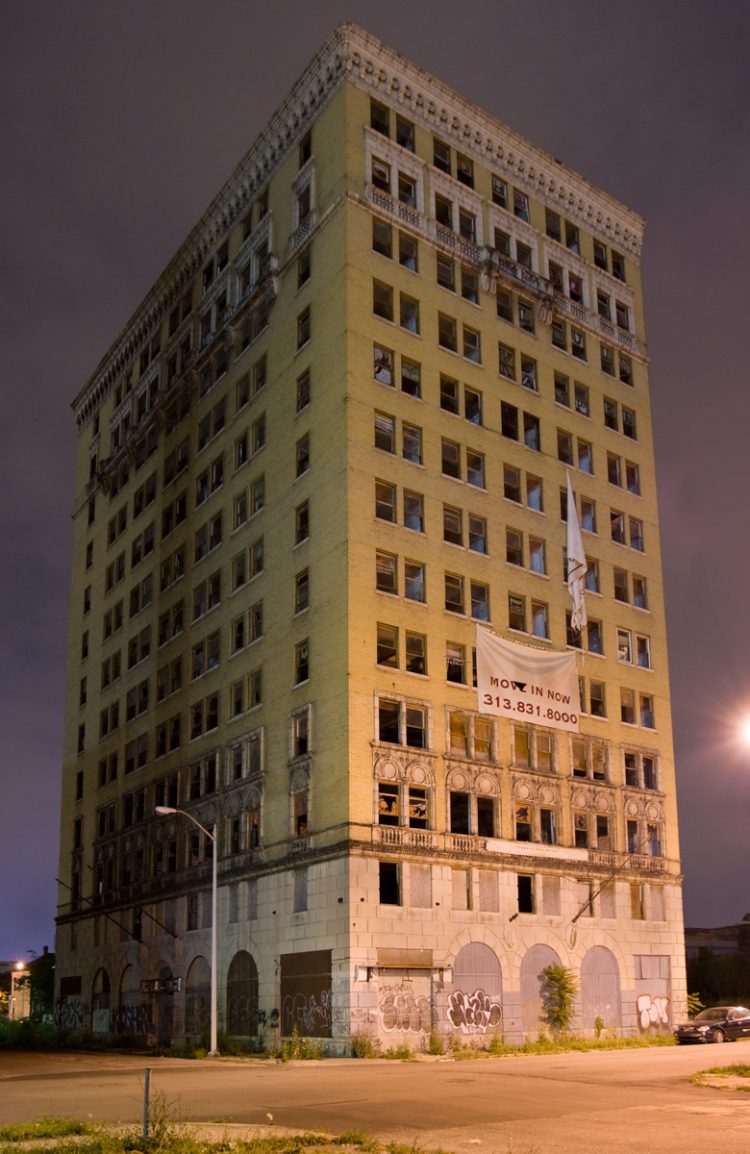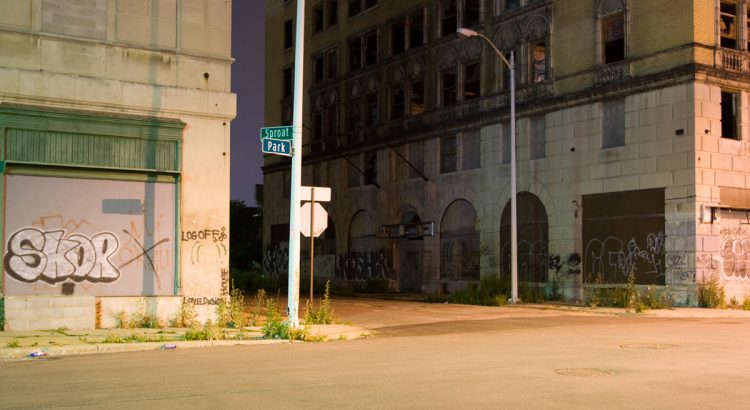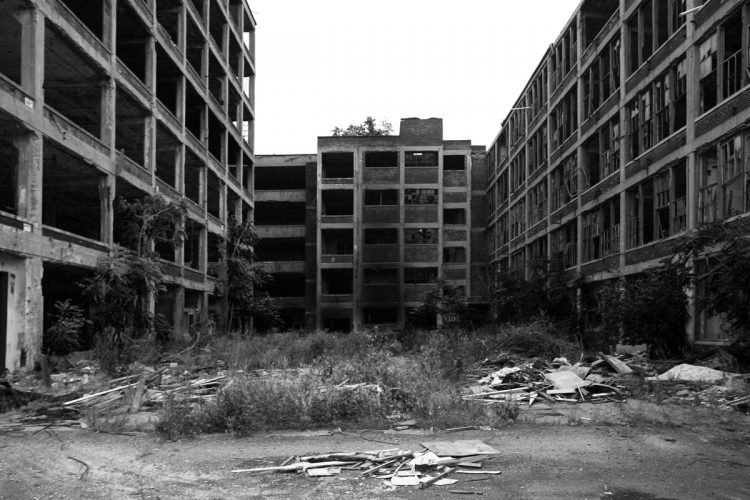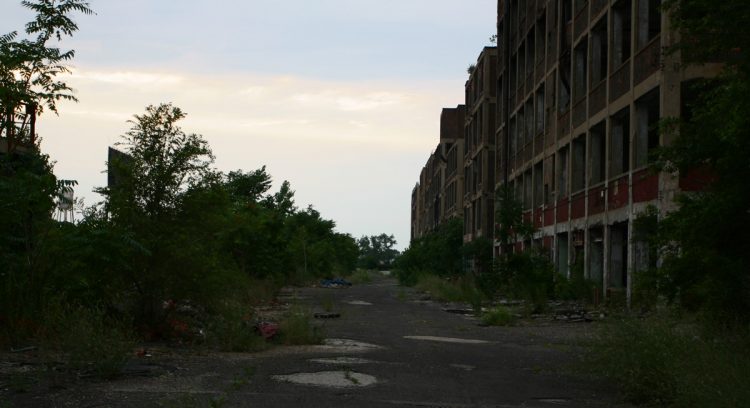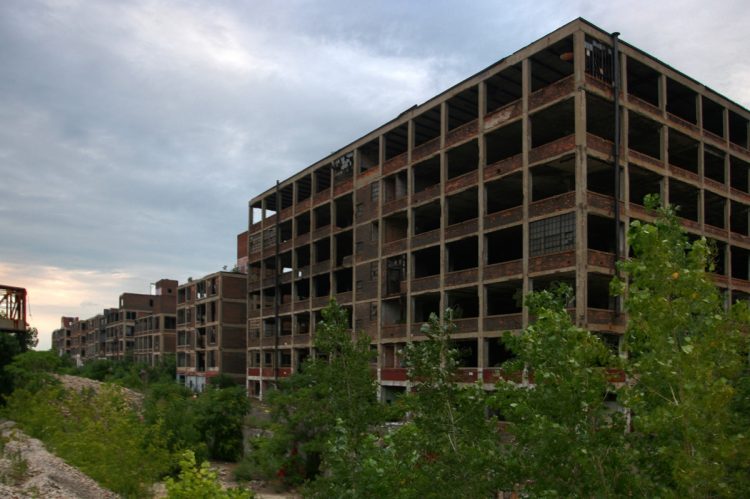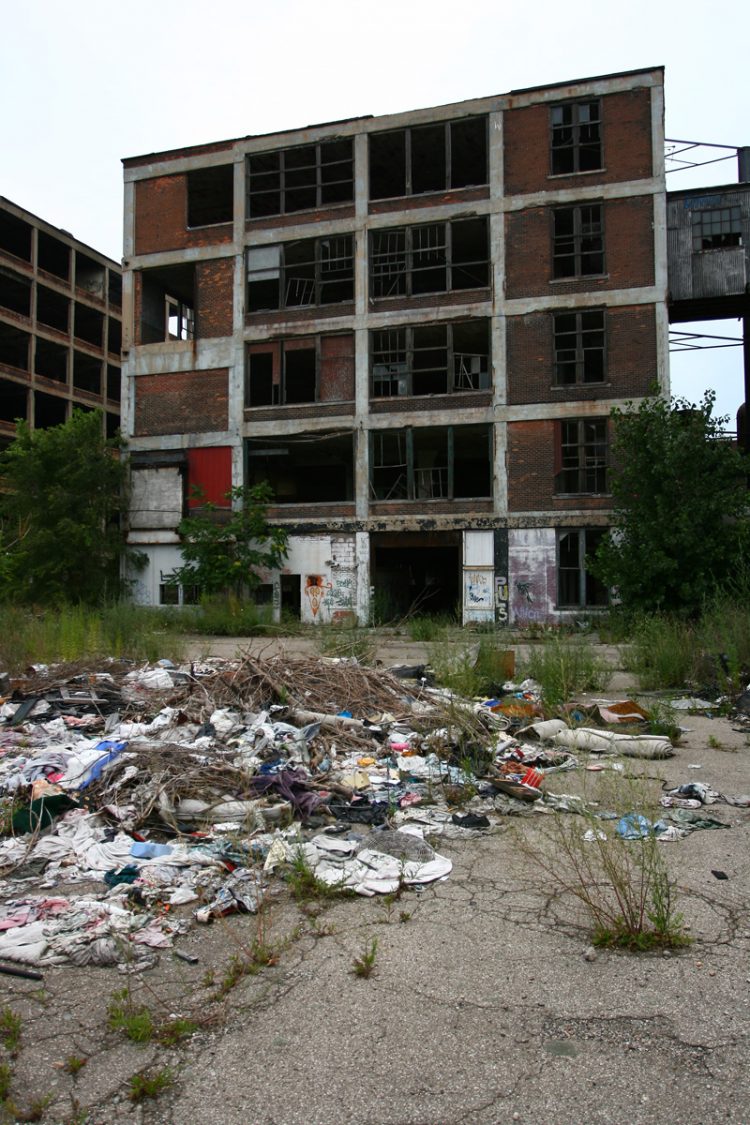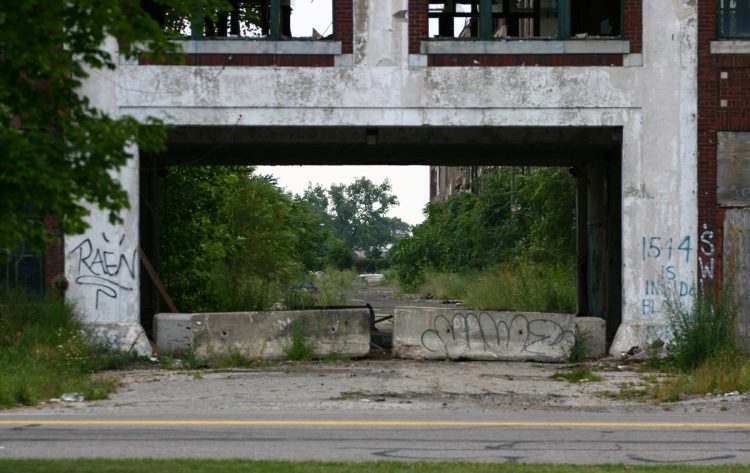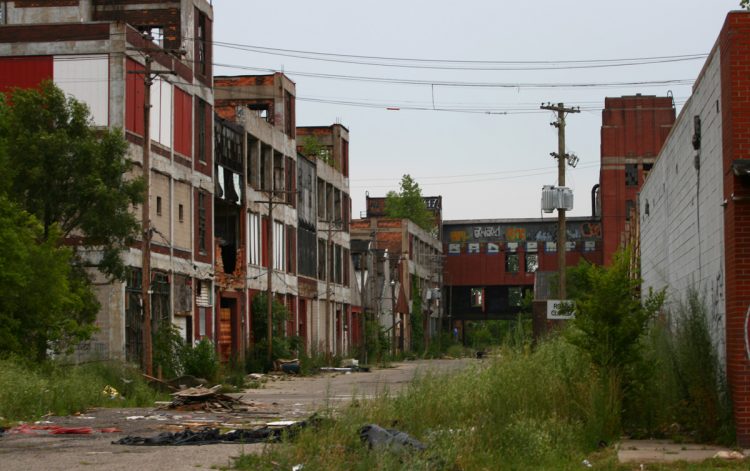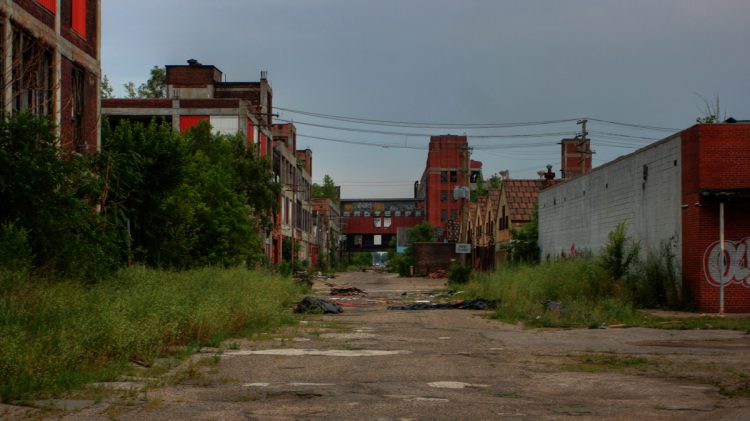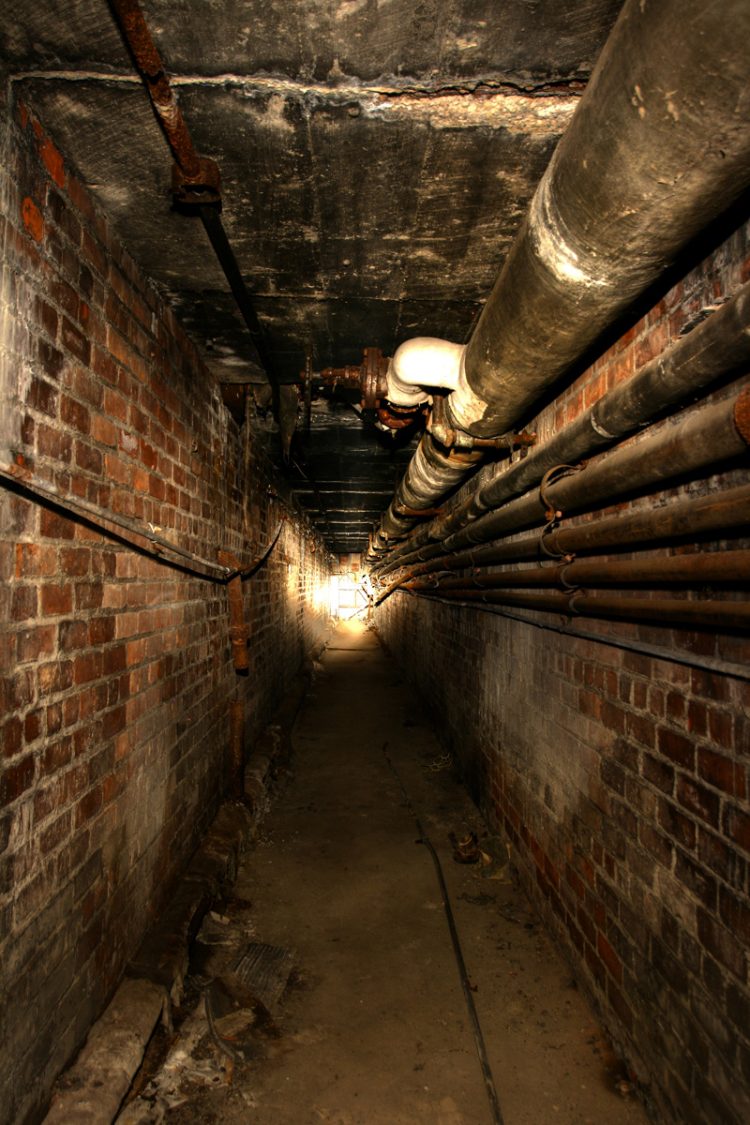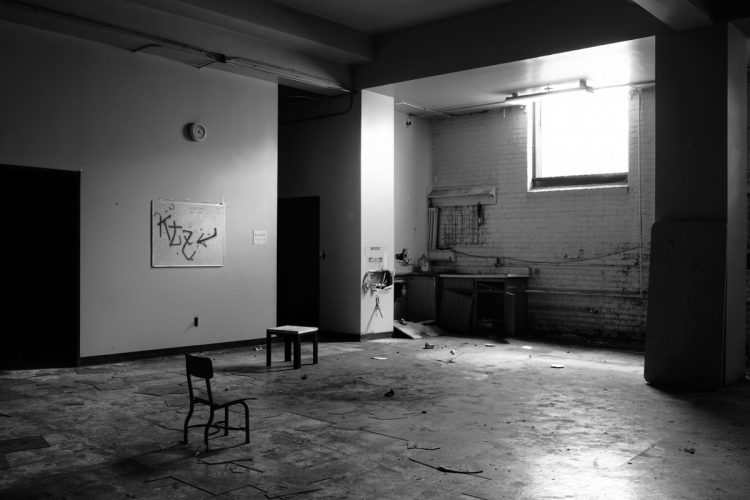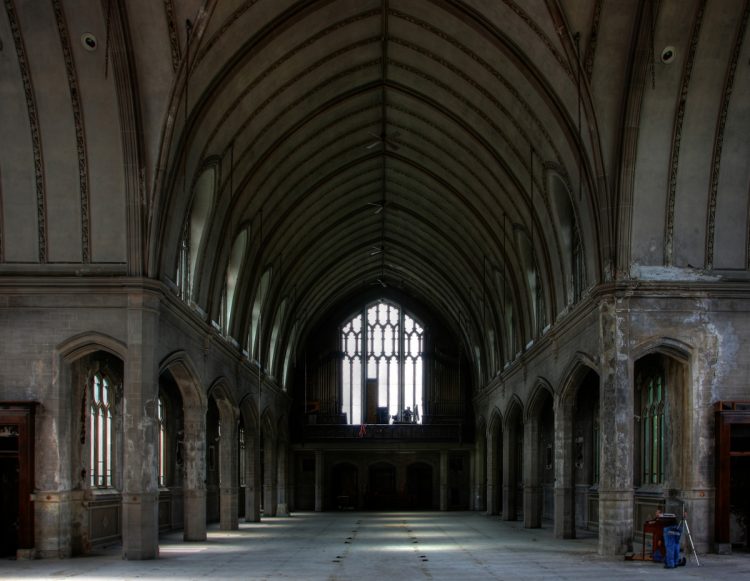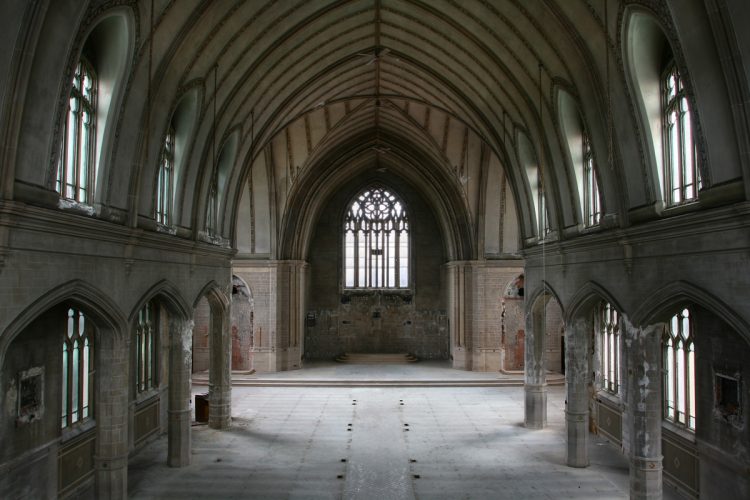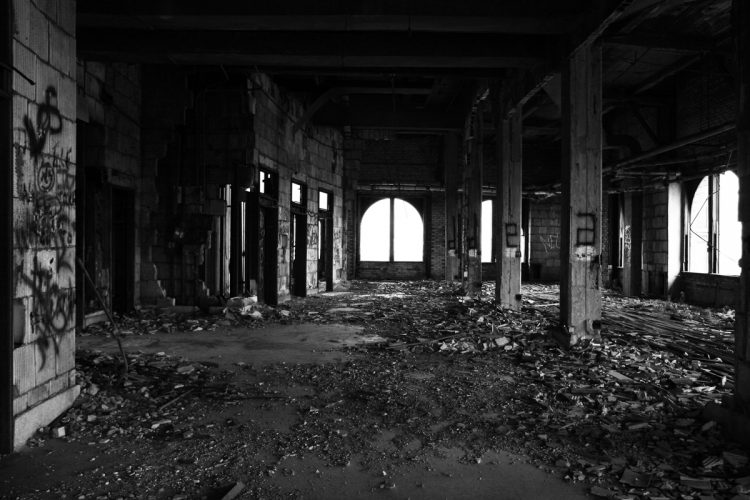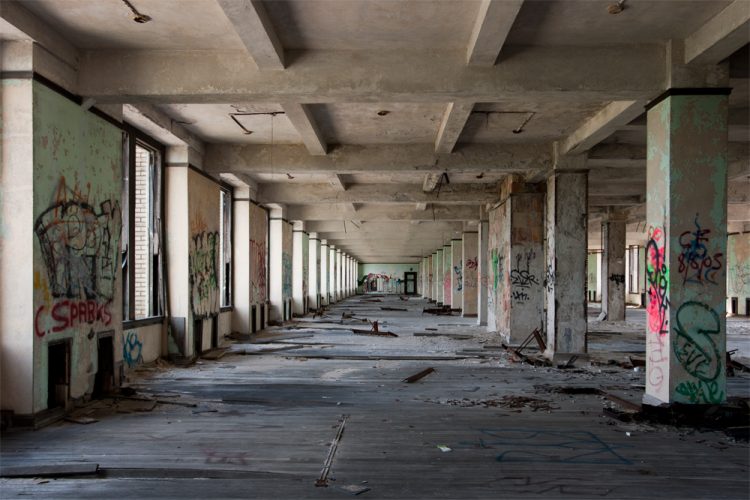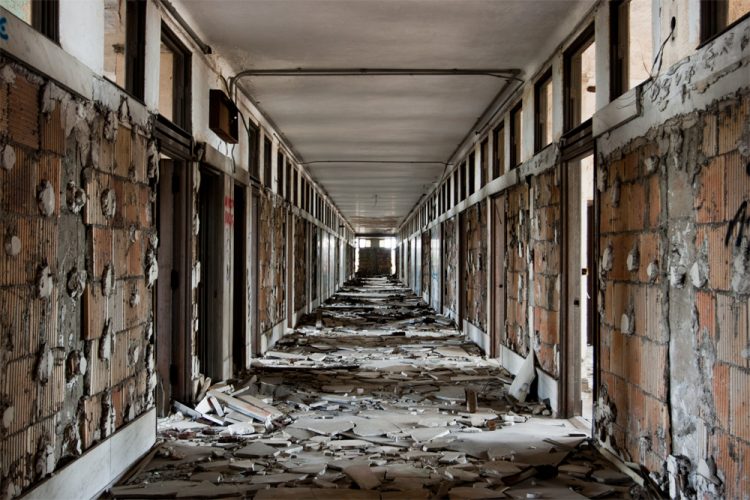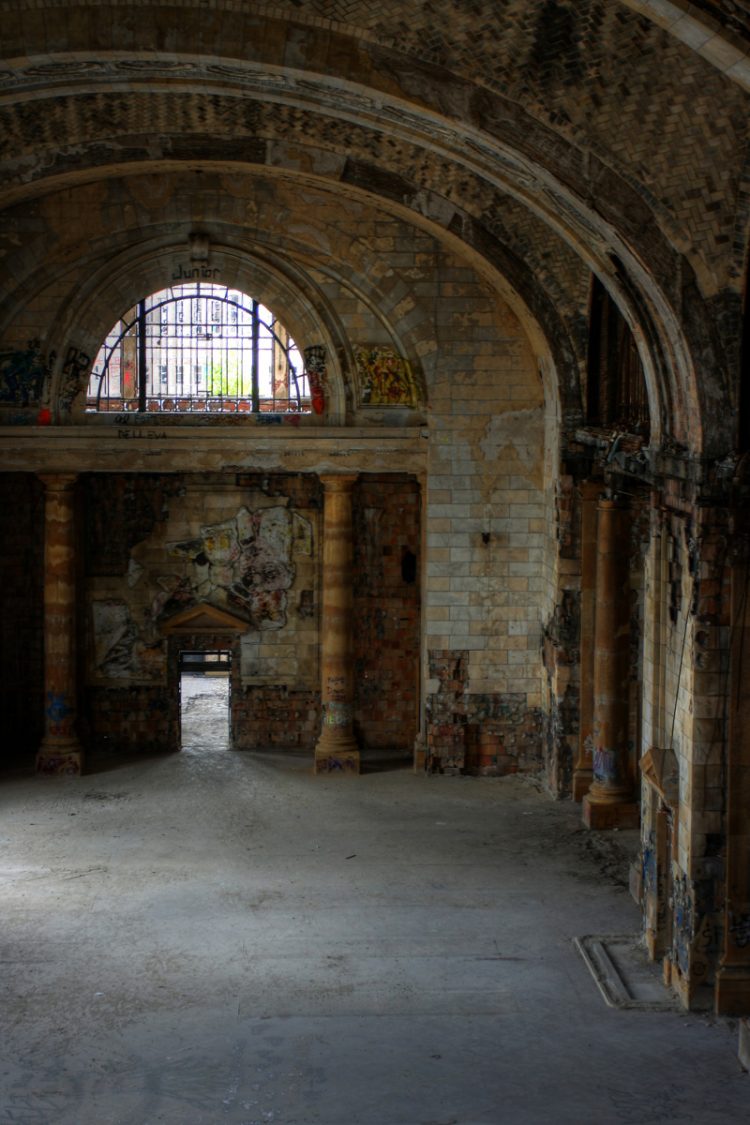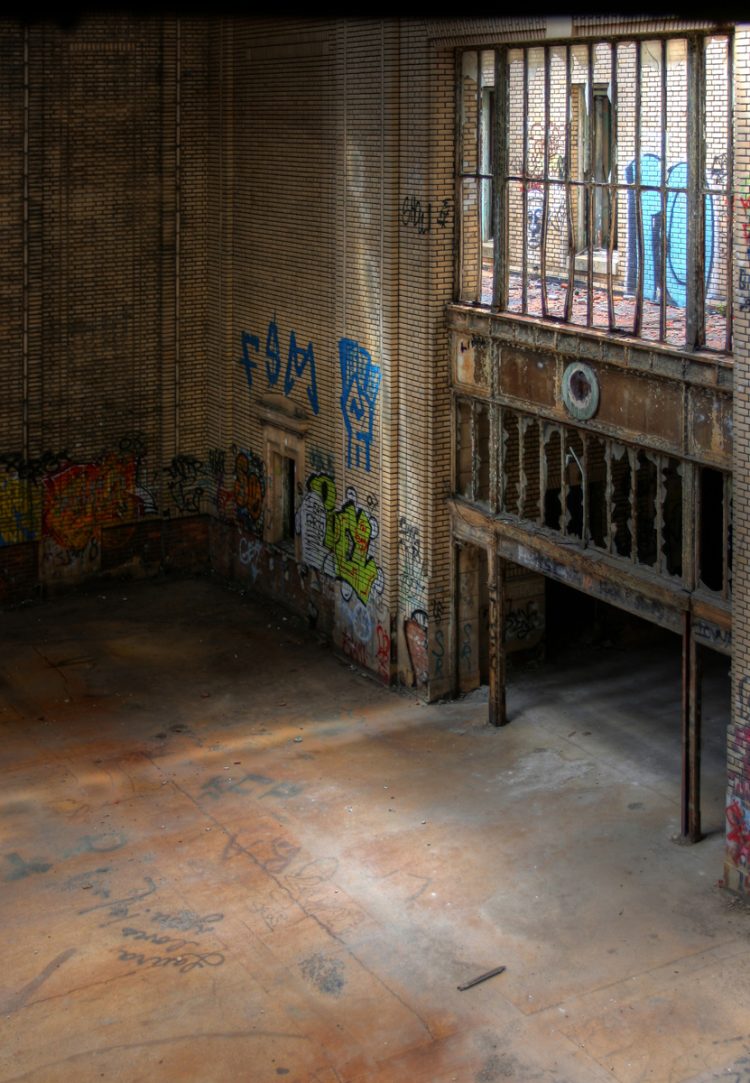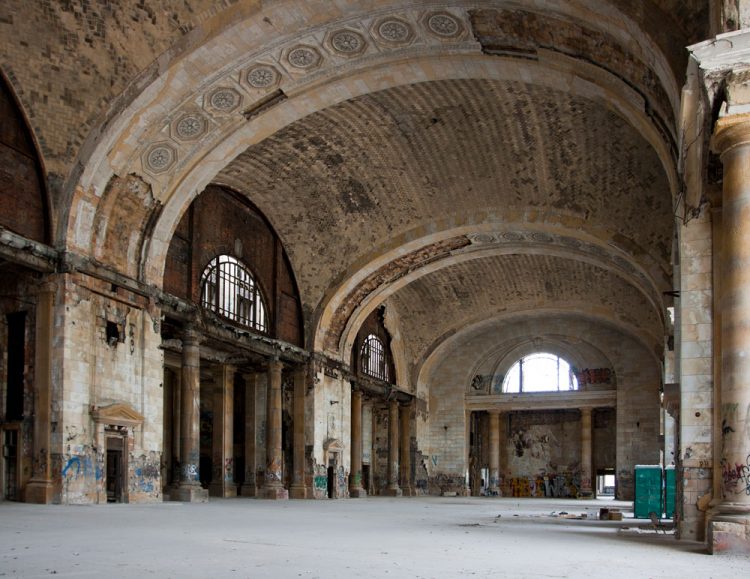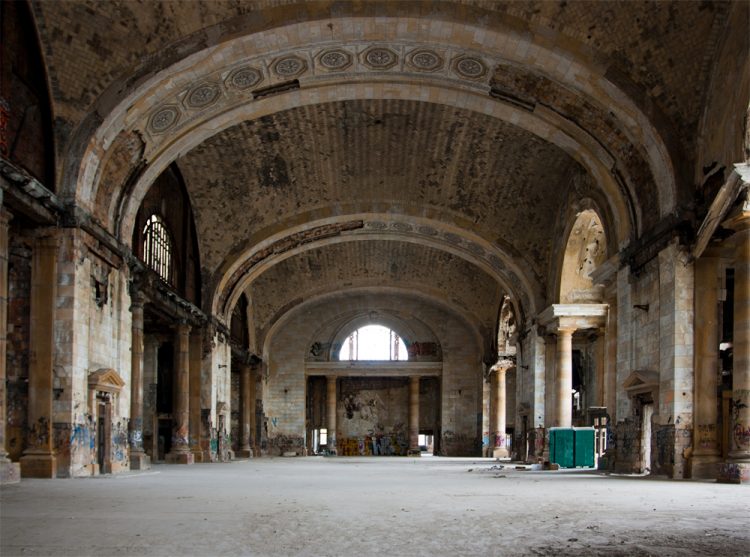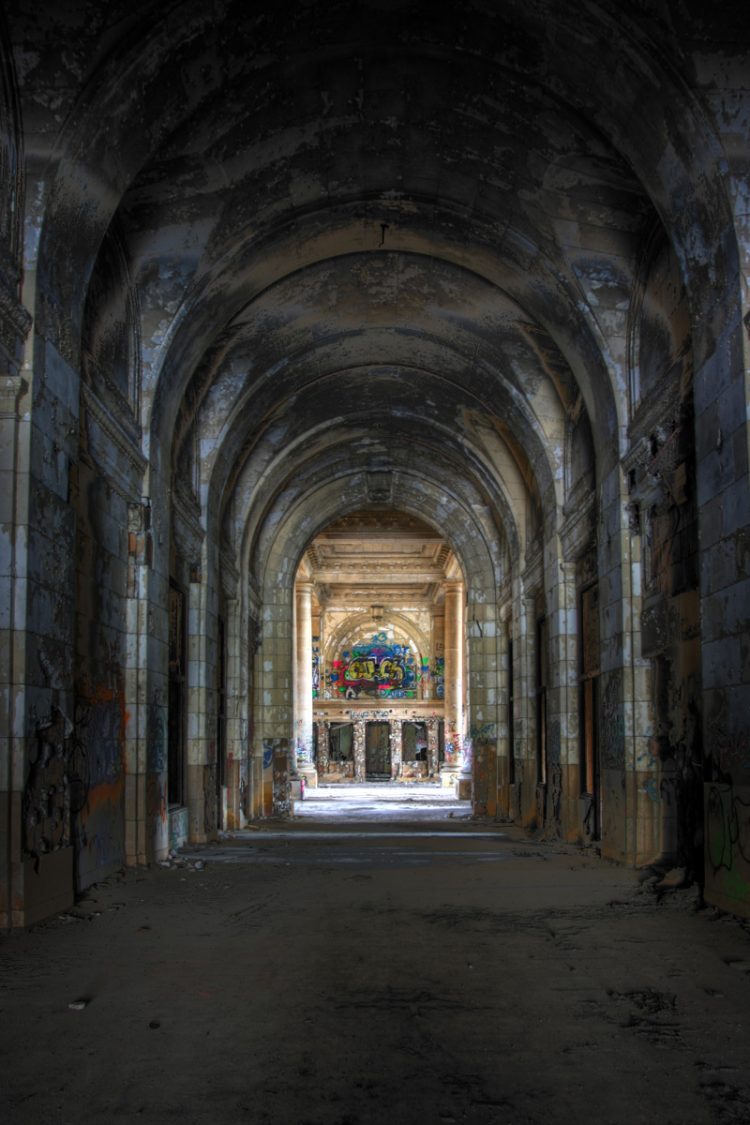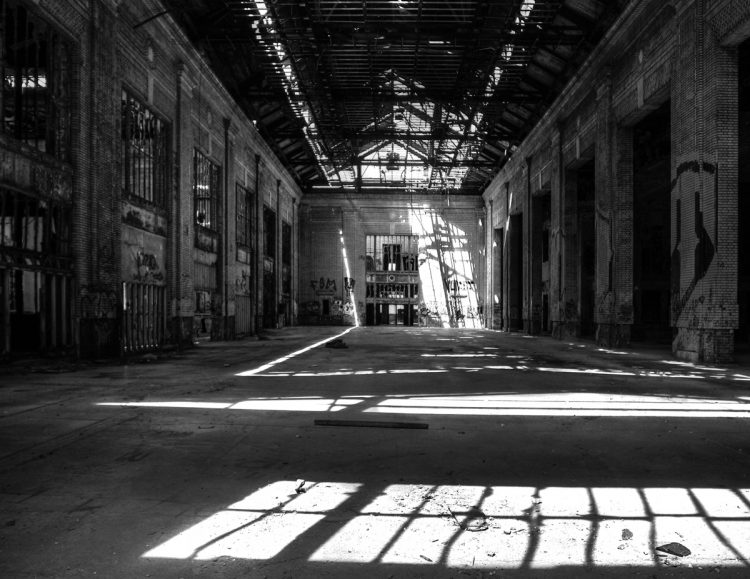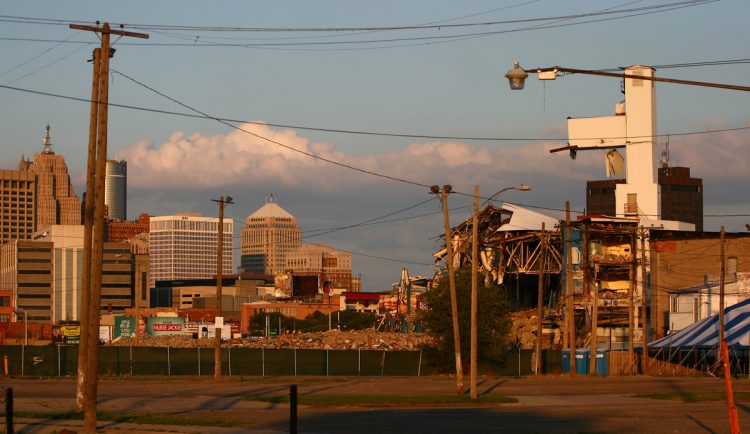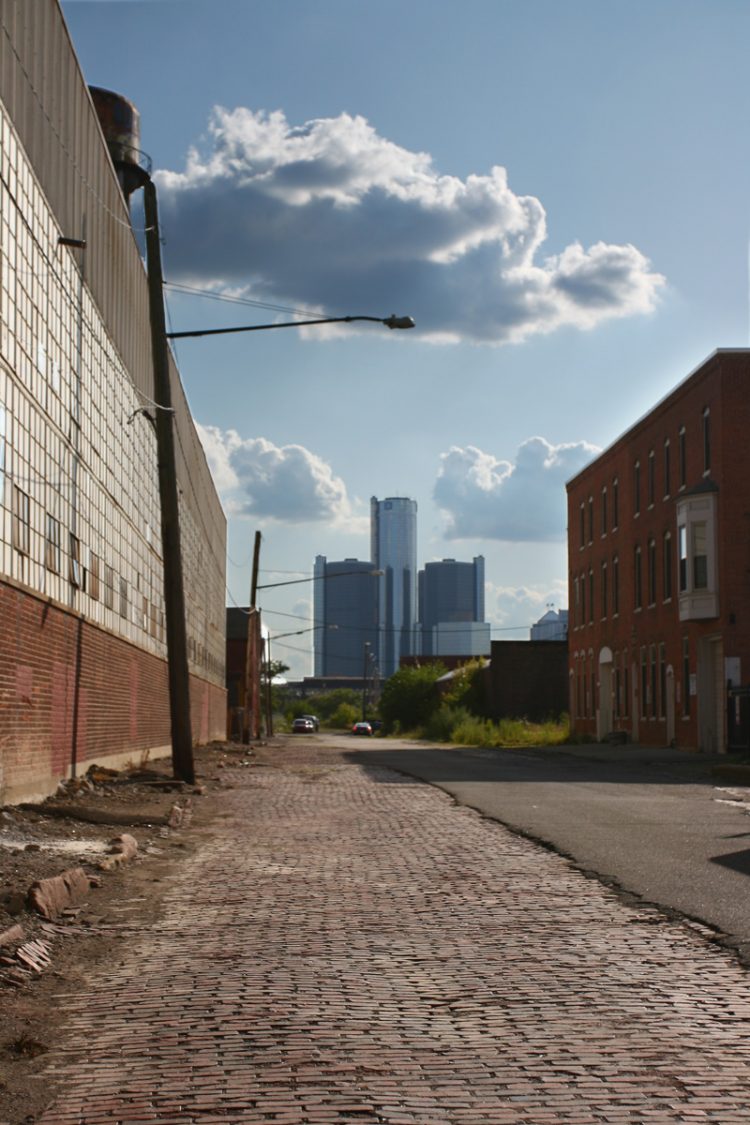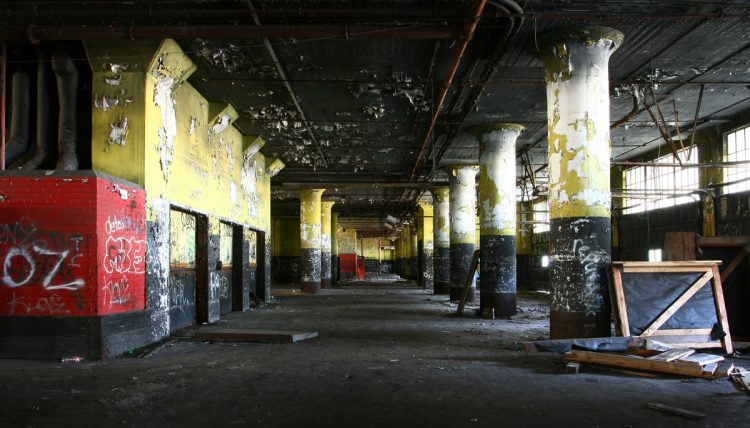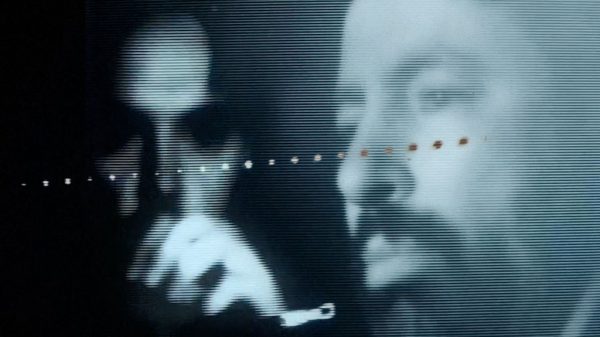Motown, Motor City, Hockeytown, the list goes on for all the names that conjure up memories of one of America’s most legendary cities: Detroit. The symbol of twentieth century economic boom, Detroit is a city that captures blue-collar grit and toughness in all its pride and glory. The home of car manufacturing from the early 1900s until its demise three decades ago, the city has experienced one of the most dramatic transformations triggered by the collapse of the auto industry and outsourcing of manufacturing and related jobs at companies like Ford, Chrysler, and General Motors.
Photographer and architect Zach Fein documents the urban decay in downtown Detroit in a surreal photo-essay included below. Themes of abandonment, isolation, and collective injustice are eerily captured in the frames and convey a sense of sadness emanating from the soul of a city that embodied architectural beauty and economic progress for so many decades.
Downtown Detroit is littered with abandoned skyscrapers and buildings, the harbor is a ghost town, and many disadvantaged neighborhoods have low occupancy rates due to abandoned houses. Alarmingly high drug and weapons-related crime coupled with the inability (lack of desire) of political institutions to deal with the city’s problems in a constructive way have caused significant demographic changes in the city. The population of Detroit has decreased by over a million by some estimates with many residents moving to the more affluent suburbs outside of the city and leaving the economically disadvantaged populations, who for many years relied on the blue collar jobs to support their families, to live in the city proper. One key statistic tells the whole story: the auto industry employed over 90,000 workers in 1930 but just over 5,000 in 1990. The current unemployment rate of 18% is twice the national rate and many public schools are closing. The city is operating with a budget deficit and is struggling to pay its bills and workers on time.
However, it’s not all doom and gloom in Detroit. The city is slowly being revitalized with more businesses and startups opening up in the downtown district. More importantly, a new generation of entrepreneurs is actively tackling the economic problems in creative ways. The depressed housing and real estate prices are creating new opportunities for businesses to move in and operate out of the city. In addition to the business and economic activities, the M-1 Rail (now known as the QLine) streetcar service along the legendary Woodward Avenue has had a positive impact in a city that has a notoriously nonexistent public transport system. All the signs seem to suggest that Detroit is slowly rising from years of hardship, and, while it’s impossible to predict how long it will take the city to rebuild, we may see some of these beautiful buildings restored or put to use in the near future.
* Many thanks to Zach Fein for generously providing the gallery for this article.
